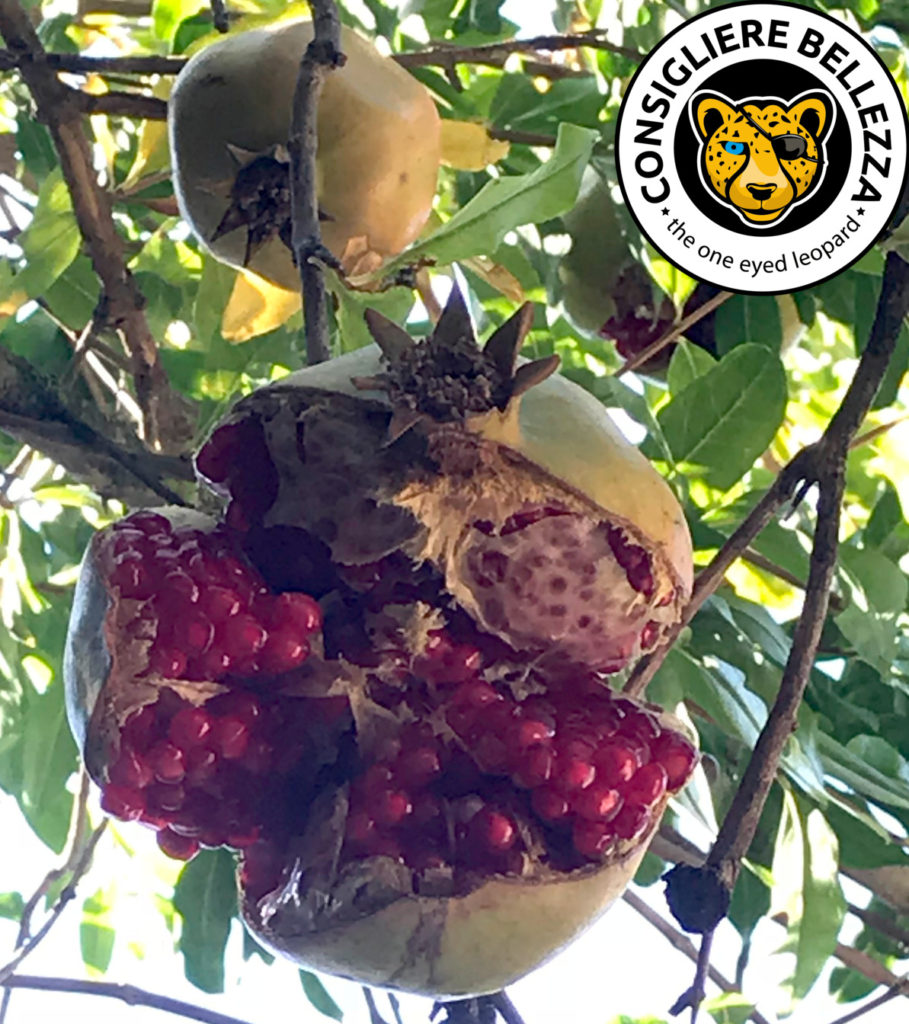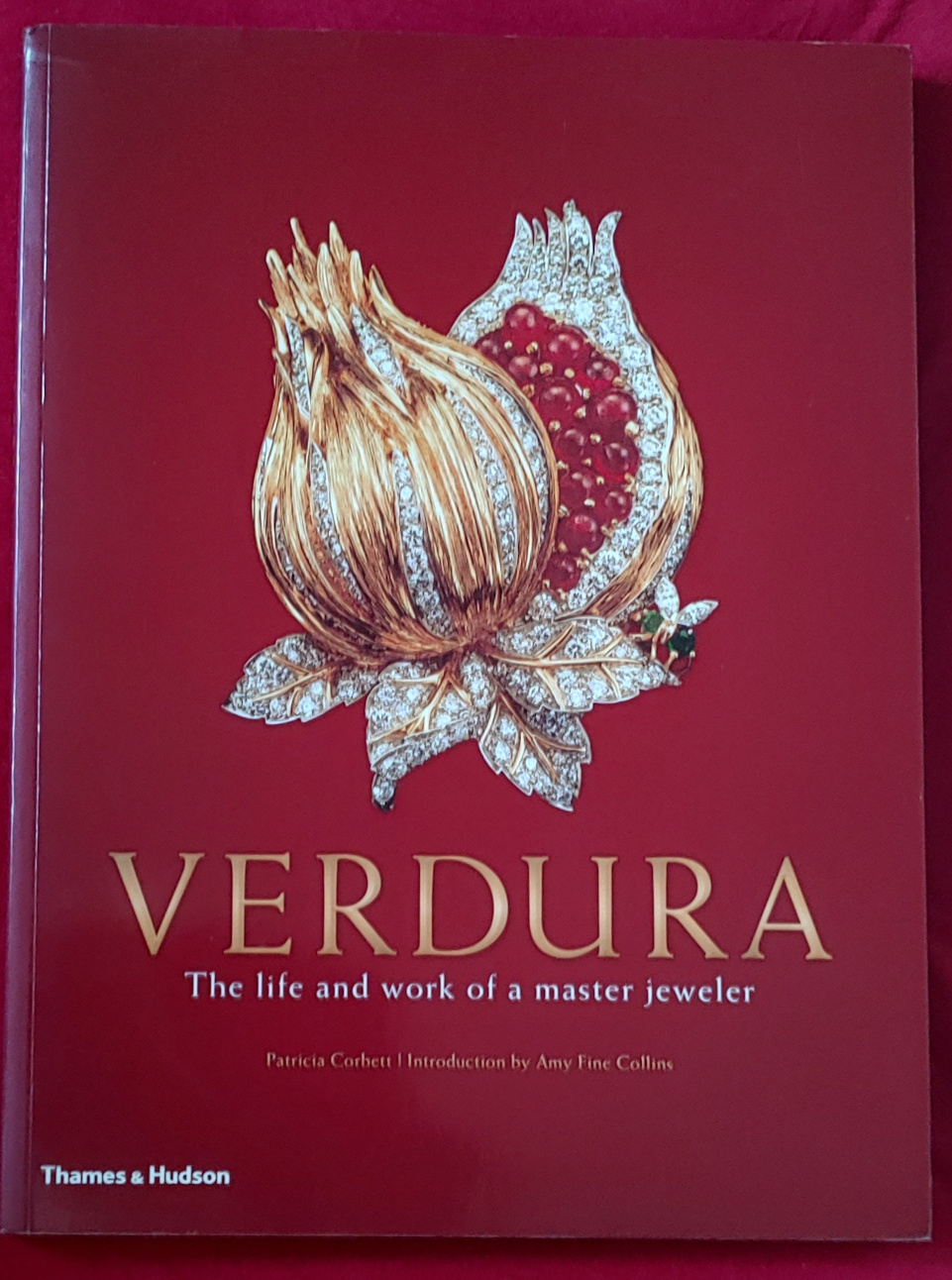Patricia Corbett wrote a wonderful book about Sicilian nobleman Fulco Santostefano della Cerda, Duke di Verdura. He, in turn, brought the light and colours of his home island to his jewellery and with that to the whole world of people who could afford it or, at least, had the chance to look at pictures and visit exhibitions of his work. Today we still admire his jewels and smile about the whimsical details of his animal designs in the post Second World War era, but back in his days it was the greatest revolution for someone of his pedigree to work at all.
He was born in 1899, on an island rich in the tradition of the high culture of all those armed visitors and conquerors that decided to stay for a while. Today the culture of Sicily, including a Muslim period and especially the reign of Federico Secondo, the “Stupor Mundi”, mostly escapes those who only watch the news. Sicily’s glory receded to the past in the collective knowledge, as criminal activity took over the limelight of contemporary TV or streaming series. But the island was one of the true melting pots in the Mediterranean and boasts the monuments to prove it.
Reading about Fulco di Verdura’s youth is like reading in his cousin Giuseppe Tomasi di Lampedusa’s famous novel “The Leopard”. Unhappy marriages between suitable aristocratic people, spendthrift men without any real talent, prude women completely unused to do anything themselves, rich matriarchs, unclear testaments and sudden poverty after the death of the provider play an important part here. For Verdura it meant that a happy youth changed to going to war in 1917 and coming back to a completely unclear future. He wrote a really nice book about his youth later in his life, telling of the carefree days in his mother’s and grandmother’s villa.
The only matter that was clear directly after the war was that he would have to provide for himself. In 1923 he inherited his father’s title and not much more – so he went with the flow to find out where his talent lay and find work.
His name and vivacious personality gave him access to the Café Society of the 1920s. First in Palermo, as many famous rich young successful singers and writers, including Cole and Linda Porter, French aristocrats and dazzling White Russians, passed though that city considered second only to Paris. In their wake he came to Paris, started to design jewellery first for someone working for Coco Chanel, then taking the place of that man. His eye was trained in beauty and his taste impeccable – his designs for Chanel soon became signatory for the house and he went to the balls and festivities in the town as if he were not a working man.
Something must have bothered him, though, because he and a few White Russian friends decided to move to America and start fresh in 1934. They tried themselves out in Hollywood and learned the hard way that almost no one has an easy start there. In Fulco di Verdura’s case, he had to move back to New York and was lucky that famous Diana Vreeland, talent scout of the century, gave him an introduction to jeweller Paul Flato. From then onwards, his success in the USA was secure. In 1939 he opened his first own showroom, backed by friends like Cole Porter. When reading this not only his friend’s generosity is outstanding, but also what people like Fulco di Verdura made of it. It seems that back then money found its way to talented people quite often and they used it to create, not only to spend.
The duke was never afraid to mix semi-precious stones with diamonds and make statement pieces that were much more affordable than the high jewellery of Cartier or Tiffany in platin and diamonds. I love his Byzantine inspired gold and semi-precious stone encrusted bracelets from the early Chanel period, big, colourful, lively and bold. Real statement pieces.

He was most loved by his clients for his brooches, the whimsical animal and nature-based designs that came so very close to reality. One can see clearly in the book cover and my photograph of a real split open pomegranate how realistic he made his jewels look. When it came to animals, his love of them is shown in the sweet and humorous designs of dogs, rabbits, cats and many more. The character of an animal becomes alive in his designs. He often used pearls for animals.
From what we know he led a happy and successful life to the end, painting and drawing. He did not only advise Lucchino Visconti when the filmmaker turned Giuseppe Tomasi di Lampedusas book “The Leopard” into a star-studded movie (starring Burt Lancaster, Claudia Cardinale and Alain Delon), he even gave some of his furniture to be used. Watching the movie today brings the old Sicily vigorously back.
Fulco di Verdura sold his company in the 1970s and moved to London for the final years of his life. After his death, his ashes were brought back to Palermo. His title of Duke of Verdura died with him, as he had no heirs.
To this day his legacy is held up by the Landrigan family that bought the company in the 1980s. One can purchase Verdura jewellery like the “Wrapped Heart Brooch” and the “Theodora Pendant Brooch” today as one could 60 years ago.
When Fulco di Verdura was born, no one could have predicted his career, least of all himself. It seems he was a man who took life as it came and didn’t take himself too seriously, but has proven that he is flexible and adaptive and in general a positive character. He made himself a success, after all that seemed to be set in stone crumbled away. Role model qualities!
All rights to the book belong to:
Corbett, Patricia, 2002: Verdura, The life and work of a master jeweler, Introduction by Amy Fine Collins, Thames&Hudson Ltd, London, printed and bound in Singapore, ISBN: 978-0-500-28720-0

